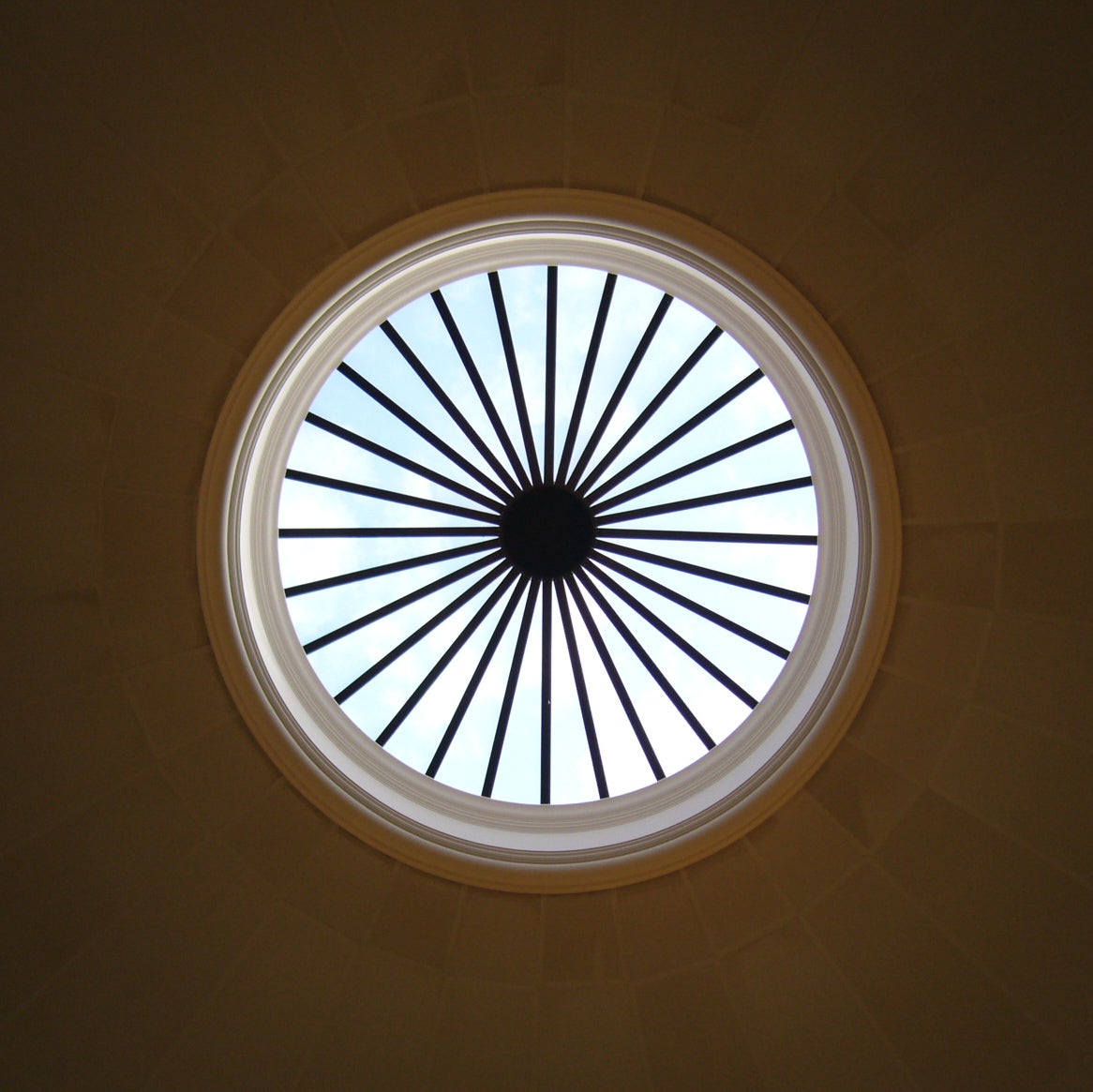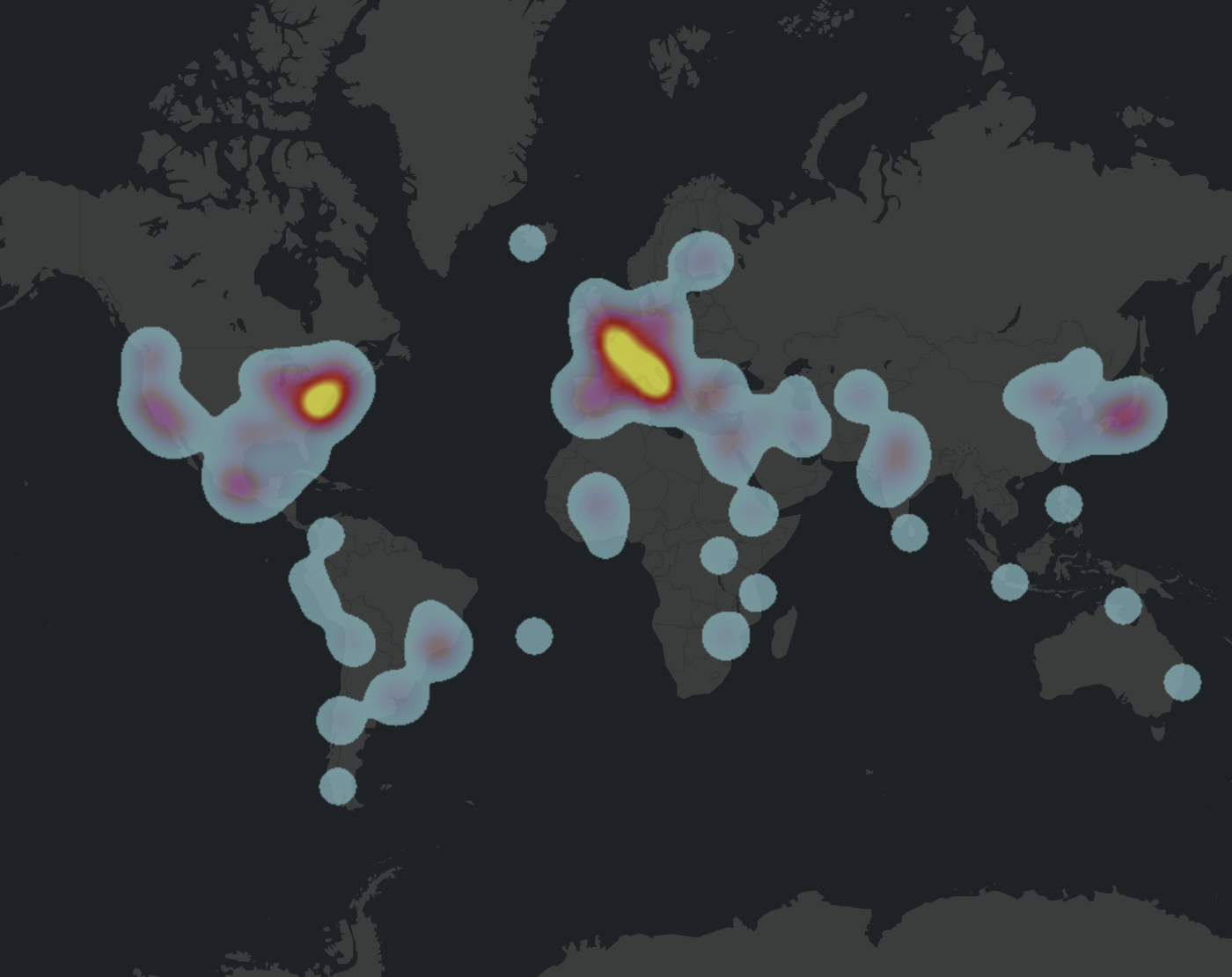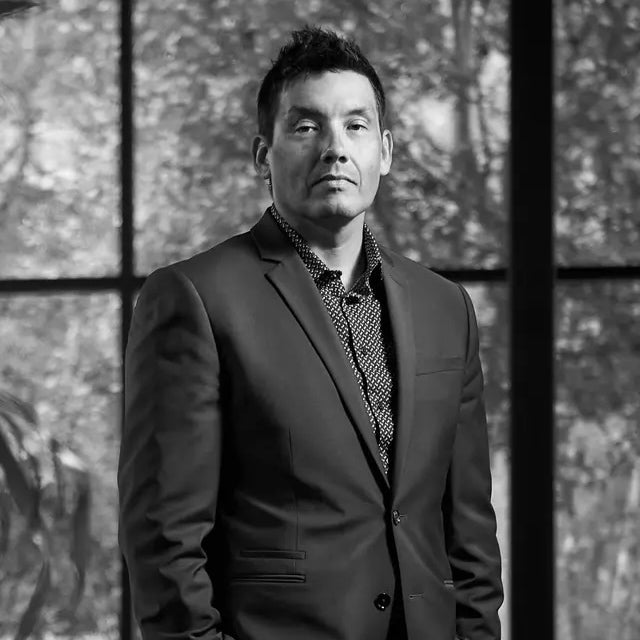
Manifesta: Mapping Equity in Design Education

manifestA, a collectively-led student organization at the University of Virginia School of Architecture, emerged in 2017 as a response to the Unite the Right rally in Charlottesville. Their mission is to confront both explicit and implicit inequities and biases that persist within the allied design professions. Recently, they unveiled a new exhibition titled Inclusive Narratives: Exploring Equity on the manifestA Bookshelf at Campbell Hall. This exhibition invites visitors to delve into the organization’s Equity Library, a diverse collection of books and resources centered around issues like social and spacial justice in the built environment.
Moreover, the manifestA team has been actively engaged in updating their ongoing digital initiative called “Mapping the Canon.” By collecting and mapping data on the canonical precedents taught at the School of Architecture, manifestA aims to identify gaps in the curriculum related to location, gender, race, and ethnicity. According to the School of Architecture's Associate Dean of Justice, Equity, Diversity, and Inclusion CL Bohannan, “This initiative is important for documenting the diversity of precedents taught at the A-School and understanding where there is room for improvement.”
We asked manifestA’s Aislinn Keenan (M. Arch '25), Brandon Meinders (M. Arch '24), and Madeleine Zahn (M. Arch '25) to shed light on their crucial work in addressing inequities within design education.

How has "Mapping the Canon" evolved?
“Mapping the Canon” was first published in 2021 on manifestA’s website. The hope was that this visualization tool and website would engage faculty, students, and staff to contribute to our efforts to address inequities in design education. Initially, the map included projects taught in the Architecture and Landscape Architecture studio programs. Our current manifestA cohort is refreshing and expanding the map to include data collected from the past three years, inclusive of courses taught in the Departments of Urban + Environmental Planning and Architectural History.
Can you briefly describe your working process?
Last year we studied resources and projects undertaken by our peer institutions, such as the “Equality in Design” and “The Visibility Project” at the Yale School of Architecture, as well as DEI initiatives at Auburn University. While these schools were not spatializing syllabi in the same way manifestA had done, we were curious to see other approaches to visualizing bias or inequality within architecture programs. Looking at these projects confirmed for us that we wanted to expand our scope to include the backgrounds and demographics of the architects we learn about as well.
In fall 2023, we issued a call to A-School faculty requesting all current syllabi and precedent lists. Beginning with studio projects, we created a database to house information like the geographic coordinates of a precedent, and the ethnic backgrounds of the designers involved. We are now collecting data from theory and architectural history courses. We hope to cover as many syllabi within the A-School as possible. We will then begin to rebuild our map and display other statistical graphics and dashboards about the diversity of our taught precedents.
How have students and faculty responded to your efforts?
Students have been very helpful in aiding us with the collection of precedent lists and syllabi. Faculty have also been largely encouraging of our efforts.
In addition to the website, does manifestA plan to present significant findings from "Mapping the Canon"?
We anticipate presenting the refreshed map next year at a faculty meeting as many professors have expressed interest in learning where our canon falls short in the representation of minority architects. We will also plan a corresponding exhibition in Campbell Hall to display our findings for the A-school community.
What other work is manifestA up to?
In addition to our “Mapping the Canon” project, manifestA is working to expand our Equity Library throughout more studio spaces in the building (it typically lives on the fourth floor of Campbell Hall by room 425). We are building two more bookshelves to house the new books that are currently on display in the second floor exhibition Inclusive Narratives.
We are also expanding our mission to address issues of justice and equity within Charlottesville. Our community engagement initiatives have included working alongside campaigns for affordable housing and inclusive zoning, like Public Housing Association of Residents (PHAR) and the Charlottesville Redevelopment and Housing Authority (CRHA). We will continue this work, supporting CRHA and PHAR’s push to redevelop Westhaven, Charlottesville’s largest and oldest public housing site.


